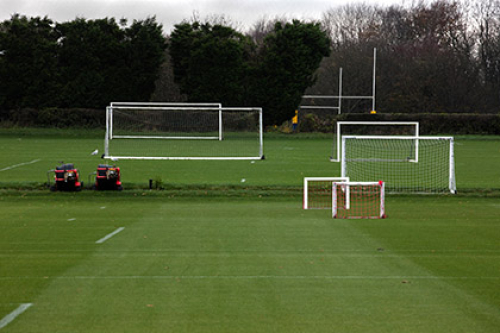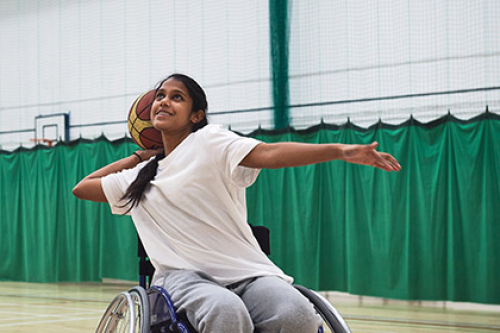People have turned to cycling and walking to keep active outdoors during the coronavirus (Covid-19) crisis, with 63% of people across the first six weeks of lockdown saying exercise is important for their mental health.
The latest findings from our weekly survey, commissioned to track the public’s activity levels and attitudes towards exercise during the initial six weeks of lockdown, show new exercise habits have formed as a result of the restrictions on movement.
And whether it be families exercising together, people getting active in nearby green spaces, or walking and cycling to the shops for essentials, our research shows – during Mental Health Awareness Week – the importance people place on exercise to their mental health.

The figures also show that as the initial phase of lockdown progressed, people’s worries about leaving home to exercise eased, with 47% having reservations in week six, compared to 60% in the first two weeks.
“It has been great to see people finding ways to be active and that more and more people are talking about exercise being part of the approach to managing both their physical and mental health,” said Lisa O’Keefe, our executive director of insight.
“Undoubtedly the current period has been hugely difficult for both the sport and physical activity sector and the general public, yet people are finding a new appreciation for moving more – whether it’s at home or out walking or cycling.
“The pandemic has changed the way we engage with activity and it will continue to do so as we begin the gradual journey towards a new normal as more sport and leisure facilities open up.”
across the first six weeks of lockdown, an average of 63% said they get active to manage their mental health
Walking and cycling have proved to be the most popular forms of outdoor activity during the initial lockdown phase, with people walking for exercise up from 59% in week one to 63% in week six, and cycling increasing from 8% to 13%.
That's compared to 61.9% of adults walking and 16.3% cycling at least twice a month pre-coronavirus.
Meanwhile an average of 45% of people have been keeping active at home, whether that be with online exercise classes or just dancing around the living room.
And although new habits have formed, getting back into a gym was the most popular activity people said they would do once restrictions lift further.
Our research has also shown, however, that while intentions and attitudes to exercise are positive, inequalities still exist in those who are getting active.
Those from lower socio-economic groups, older people, Black, Asian and minority ethnic (BAME) groups and women are all less likely to be active, with these results also seen in activity levels prior to the current crisis.
The gender gap remains, with more men doing the recommended 150 minutes of activity a week, than women - 35% compared to 30%. And more women are doing less activity than usual during lockdown - 40% compared to 36%.
While 23% of people with long-term health conditions are doing the recommended amount compared to 35% of those without.
And for people in C2DE groups, who are more likely to be on a lower income, be key workers, be accessing food banks or to have lost their job, only 27% are doing more activity than usual - compared to 39% of those in the ABC1 groups.




